Identify the part which contains pigment :
cell membrane
plastid
centrosome
cell wall
Step-by-Step Solution:
1. Understanding Pigments: Pigments are substances that provide color to cells and structures. They are important for various functions, including photosynthesis in plants.
2. Identifying Options: The question asks to identify which part of the cell contains pigments. The options provided are:
- Option 1: Cell membrane
- Option 2: Plastid
- Option 3: Centrosome
- Option 4: Cell wall
3. Analyzing Each Option:
- Cell Membrane: This is a selectively permeable barrier that controls what enters and exits the cell. It does not contain pigments.
- Plastid: Plastids are organelles that contain pigments. The most well-known plastid is the chloroplast, which contains chlorophyll, the green pigment that helps in photosynthesis. Other types of plastids include chromoplasts (which contain red, orange, or yellow pigments) and leucoplasts (which are colorless).
- Centrosome: This organelle is involved in organizing microtubules in animal cells and does not contain pigments.
- Cell Wall: This is a protective outer layer found in plant cells, fungi, and some bacteria. It provides structural support but does not contain pigments.
4. Conclusion: Based on the analysis, the part that contains pigments is the plastid. Therefore, the correct answer is Option 2: Plastid.
---
- Option 1: Cell membrane
- Option 2: Plastid
- Option 3: Centrosome
- Option 4: Cell wall
- Cell Membrane: This is a selectively permeable barrier that controls what enters and exits the cell. It does not contain pigments.
- Plastid: Plastids are organelles that contain pigments. The most well-known plastid is the chloroplast, which contains chlorophyll, the green pigment that helps in photosynthesis. Other types of plastids include chromoplasts (which contain red, orange, or yellow pigments) and leucoplasts (which are colorless).
- Centrosome: This organelle is involved in organizing microtubules in animal cells and does not contain pigments.
- Cell Wall: This is a protective outer layer found in plant cells, fungi, and some bacteria. It provides structural support but does not contain pigments.
Topper's Solved these Questions
- CELL THE STRUCTURE AND FUNCTIONS BOOK - ICSECHAPTER - CELL THE STRUCTURE AND FUNCTIONS EXERCISE - REVIEW QUESTIONS (SHORT ANSWER QUESTIONS)
7 Videos
- CELL THE STRUCTURE AND FUNCTIONS BOOK - ICSECHAPTER - CELL THE STRUCTURE AND FUNCTIONS EXERCISE - REVIEW QUESTIONS (FILL IN THE BLANKS)
6 Videos
- ADAPTATIONS IN PLANTS AND ANIMALS BOOK - ICSECHAPTER - ADAPTATIONS IN PLANTS AND ANIMALS EXERCISE - Think and answer
5 Videos
- CIRCULATORY SYSTEM IN HUMANS BOOK - ICSECHAPTER - CIRCULATORY SYSTEM IN HUMANS EXERCISE - Check your progress (true or false.)
4 Videos
Similar Questions
Knowledge Check
Identify the compound which contain most acidic hydrogen :
A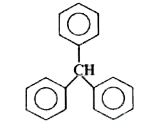 B
B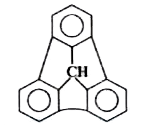 C
C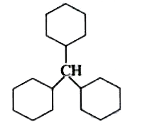 D
D
Identify the labelled part
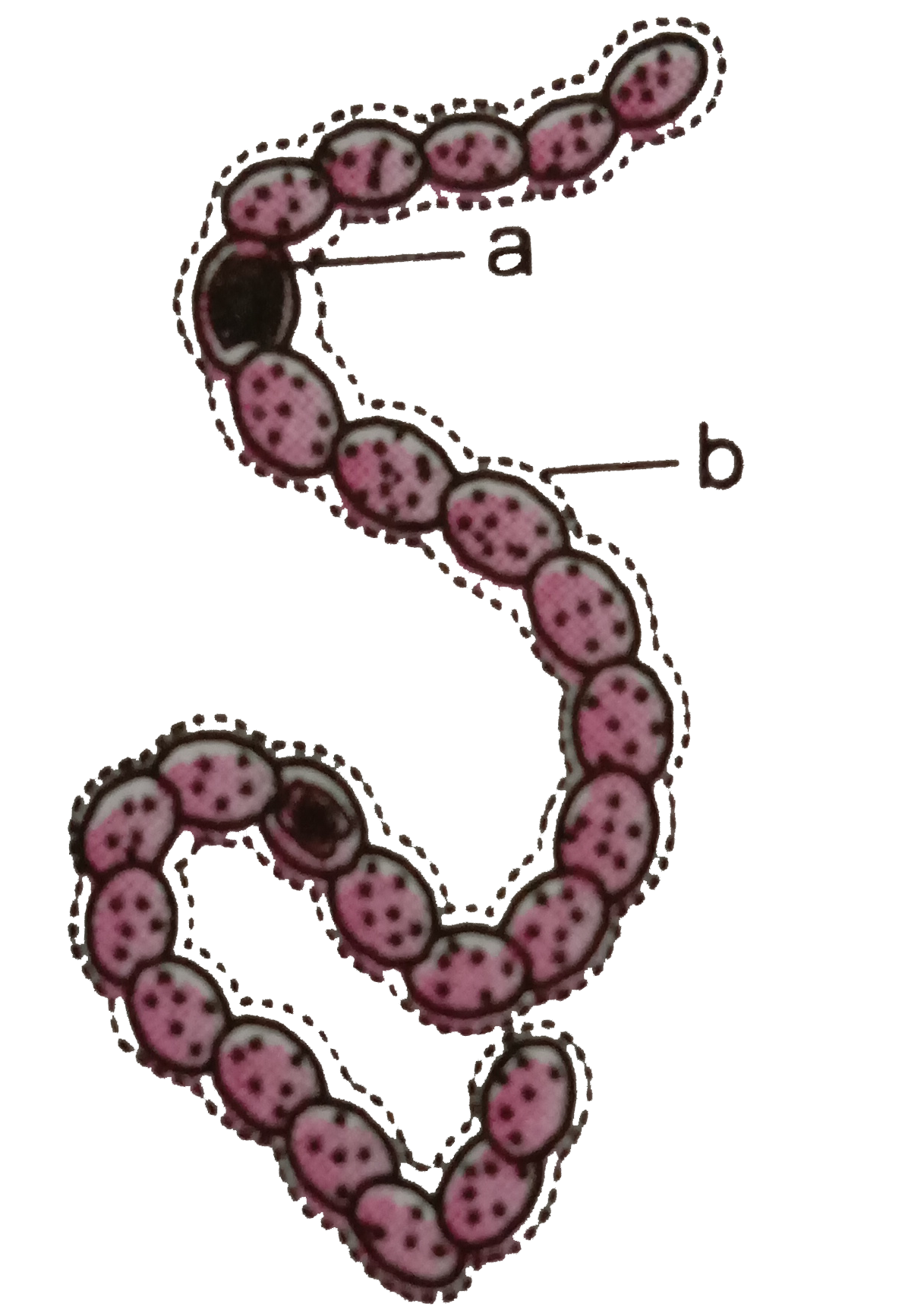
View SolutionIdentify the given figure and also identify the part which produce specialised asexual reproductive structrues?

View SolutionRoots of which of these plants contain a pigment which creates an anaerobic condition for a specific enzyme to function ?
View SolutionA leaf which contains only green pigments, is illuminated by a laser light of wavelength 0.6328μm. It would appear to be
View SolutionIdentify the part of seed marked as A.
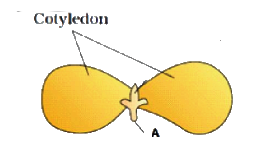
View SolutionRoot of which plant contains a red pigment that has affinity for oxygen ?
View SolutionIdentify the parts labelled in given diagrams:

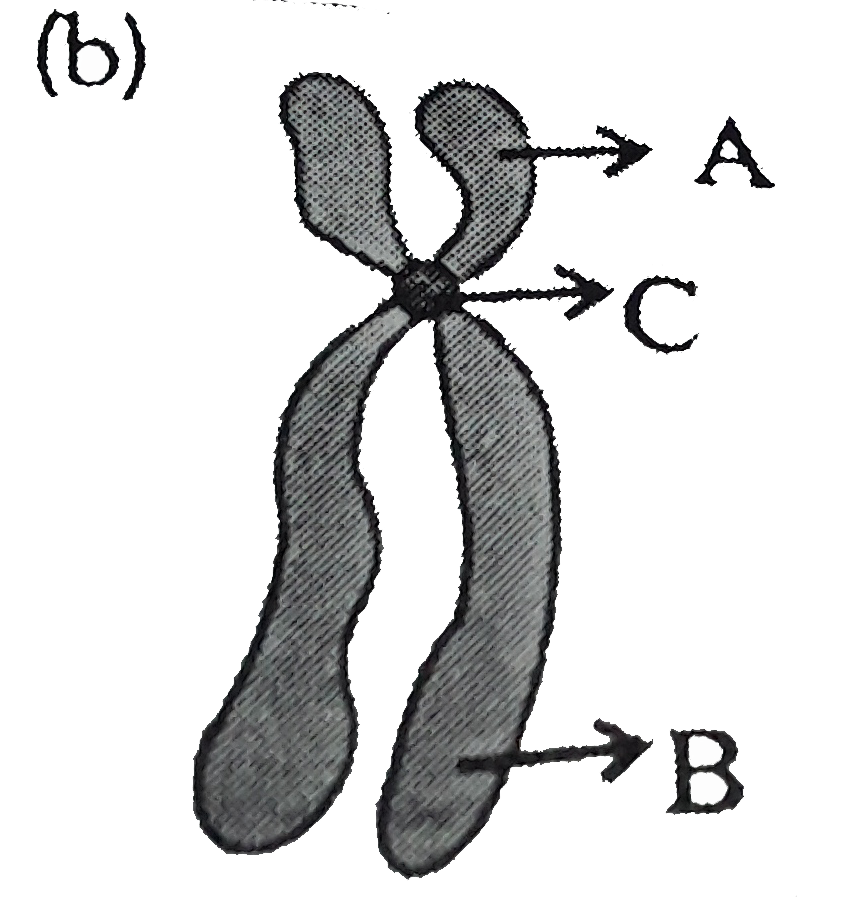
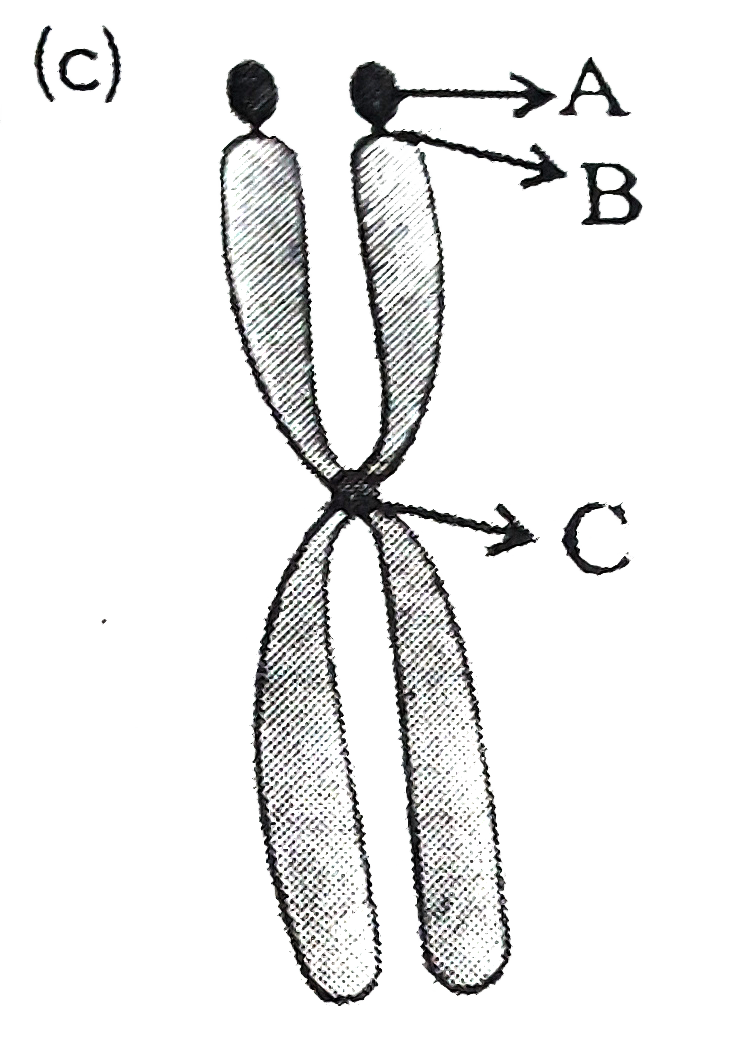
View Solution

